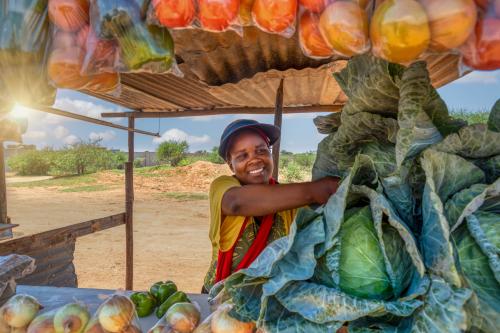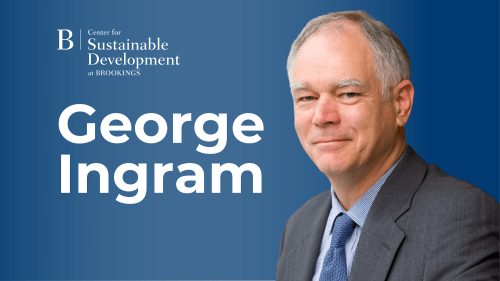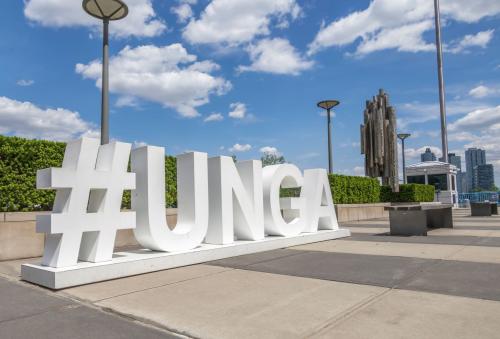The January 12 earthquake that shook Haiti was a huge blow to the country’s delicate social and political balance. Like other large-scale natural disasters, the aftermath saw massive aid efforts mobilized from large and small nations, nonprofits and religious groups, all intending to help the ravished country. Despite the positive work many of these groups are doing, the recent media focus has been on the American missionaries accused of child kidnapping.
The group, which was associated with two Idaho-based Baptist churches, was caught with 33 Haitian children, attempting to take them to the Dominican Republic on January 29 without proper paperwork. Questions were raised about the children’s status and whether they were truly orphans or just separated from their families. As of today, eight of the 10 Americans have been released by the Haitian judge overseeing the case; however, the group’s leader and one other member are still being held for questioning. This case highlights the important issue of child protection in humanitarian crisis. Where is the line between good intentions and human trafficking?
Human trafficking is at once a horrific crime and a global phenomenon. Virtually every country in the world sends or receives human beings for exploitative purposes through global trafficking networks. The United Nations estimates that at any given moment 2.5 million people are in forced labor, including sexual exploitation, as a result of trafficking and that these people come from 127 countries and reside in 137 countries. The majority of people trafficked are children and youth with 1.2 million children under the age of 18 estimated to be trafficked each year. The United Nations defines human trafficking as the use of force, fraud, or other coercive methods, including abusing a position of vulnerability, to recruit, transfer or receive people for exploitative purposes.
Tragically, calamitous events such as Haiti’s earthquake are breeding grounds for child traffickers, seeking to take advantage of chaos and weakened government law enforcement. Accusations of child kidnapping and trafficking were widespread following the 2004 tsunami in South Asia, where Indonesian officials took action to protect children from trafficking by posting guards around camps sheltering displaced people.
It is often difficult to quickly discern the difference between well-intentioned but completely uniformed voluntary groups and child traffickers. In 2007, members of the French group, Zoe’s Ark, were accused of child abduction after attempting to fly 103 children out of Chad. At the time, U.N. officials said it was not clear that the children were actually orphans or that they were from the war-ravaged Darfur region of Sudan, as the group claimed; but rather they were Chadian children with living parents and relatives. The organization appears to be made up of well-intentioned volunteers wanting to assist needy children. But they were not professionally trained or experienced workers; nor did they have familiarity with the issues and an understanding of the best practices associated with supporting children’s needs in the midst of conflict and disasters in developing countries.
In these difficult contexts, good intentions are not enough. These incidents overshadow the positive work many volunteers and aid groups do to help children in disaster situations, and highlight the importance of professional humanitarian workers who are especially trained to assess and respond to children’s needs without doing harm. Most importantly, these good intentions can cause serious emotional and psychological damage to the innocent children that just survived a major crisis by removing them from their families and communities. Research and past experience in helping children of humanitarian crises has shown that by far the best way to assist the majority of children, even orphans, is to ensure that they are living with extended relatives or caring adults in their own communities. In such humanitarian crises, where children’s well-being is at stake, aid agencies and volunteer groups are best advised by the principles set forth in the Inter-agency Guiding Principles on Unaccompanied and Separated Children, which was created in 2004 by a group of international United Nations and civil society humanitarian agencies. These guidelines address situations in which children are separated from their families, whether orphaned or accidentally lost, in the wake of crises and disaster. They articulate clear steps, including supporting family unity, to ensure that each child’s best interests are followed.
Haiti’s recovery will take years. The desire to help children left without proper care is both noble and necessary; however, the urge to volunteer is best channeled through raising funds to support professional organizations with expertise in disaster response and child protection, such as the United Nations Children’s Fund, the International Rescue Committee, or Save the Children. Otherwise, well-intentioned volunteers can risk doing more harm than good.
The Brookings Institution is committed to quality, independence, and impact.
We are supported by a diverse array of funders. In line with our values and policies, each Brookings publication represents the sole views of its author(s).



Commentary
Protecting Haiti’s Children: Good Intentions or Child Trafficking?
February 24, 2010